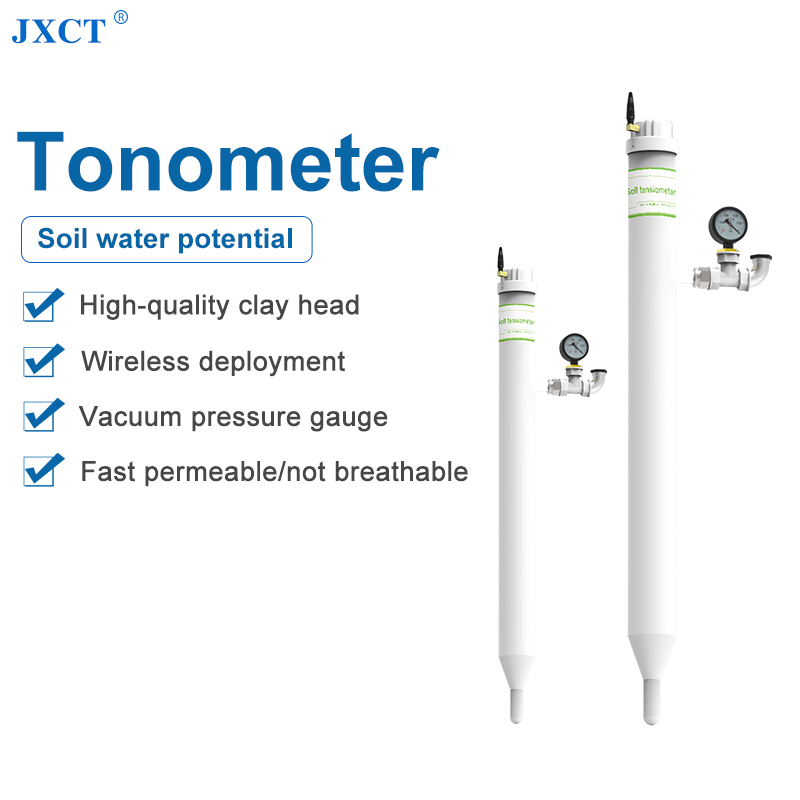
Product Introduction:
Soil water potential sensor 4g is a practical means to study soil water movement from energy perspective by using negative pressure gauge to measure soil water. It is a very practical instrument to reflect the condition of soil picking and guide irrigation.
* Models:JXBS-3001-ST
* Minimum order quantity: 1 piece
* Delivery time: within 24 hours
Features:
1, the shell adopts transparent PVC plastic pipe, which can directly observe the water level, fast response speed, and effectively perceive the soil environment.
2, the use of high quality clay head, fast sealing, high sensitivity.
3. It is not affected by salt ions in the soil, and agricultural activities such as fertilizers, pesticides and irrigation will not affect the measurement results, so the data is accurate.
4, Support 10-24V wide voltage power supply, support standard Modbus-RTU485 communication mode
Parameters:
Water potential measurement range: 0 ~ -100kPa
Protection level: IP67
Operating temperature: 5℃ to 45℃
Operating humidity: 0 to 95% (relative humidity), no condensation
DC power supply (default) : 12-24V DC
Power consumption: ≤0.5W (@12V DC, 25℃)
Working pressure range: 0.9-1.1atm
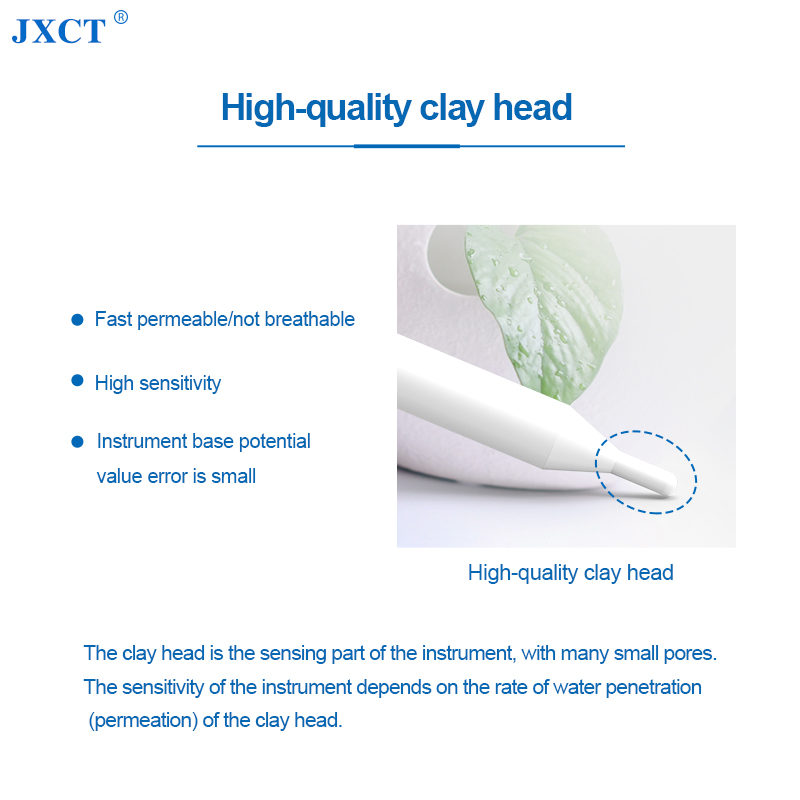
Attention:
(1) The use and installation of soil water potential sensor mainly master the use of airless water and clean air in the clay pipe. In addition to the air in the cylinder not only affect the measuring accuracy of the instrument and produce late phenomenon, but also seriously affect the normal use of the instrument.
(2) Inject airless water (cold boiled water) into the water potential sensor until it is full, stand the sensor upright for 10-20 minutes (do not add the lid), let the water wet the clay tube, and see the water dripping from the surface of the clay tube. Then fill the sensor with airless water, seal it with a lid, stand the instrument upright, and let the clay tube evaporate in the air. After about two hours, there will be buried bubbles escaping from the clay tube, piezoelectric sensor and plexiglass tube. Gently tap the sensor to make the bubbles concentrate on the top. Then dip the clay tube into the airless water, at this time the transmitter reading returns to near zero, open the cover, re fill the airless water, add the cover to seal, and stand the instrument upright, let the clay tube evaporate in the air. Repeat this operation 2-3 times. Repeat several times of degassing treatment, in degassing at the same time, the air in the sensor is automatically discharged and filled with water.
(3) The instrument is used in wet soil to measure the process from wet to dry. The water potential sensor can measure from saturation; If it is necessary to work in dry soil and measure the process of changing from dry to wet, the initial moisture content of dry soil should be within the measurement range of the water potential sensor (<0.85 bar). The water potential sensor should be air-dried to reach the suction value of the dry soil measured, and then inserted into the soil for use.
(4) In outdoor use, due to large temperature changes, and long use cycle, it is necessary to take some protective measures for the water potential sensor and transmitter. For example, the water potential sensor is covered to avoid sunlight. In order to reduce the influence of temperature fluctuations on the sensor, the sensor can be buried in the soil. To prevent moisture from seeping into the soil, make a plastic tube seal to protect the sensor.
(5) Generally speaking, if the air inside the sensor is basically cleaned before embedding, and the soil moisture is within the measurement range of the sensor, it can be maintained continuously for 20-25 days without re-adding water. When the temperature drops to freezing point, the sensor should be removed.
(6) The clay head should avoid oil, so as not to block the fine hole and the sensor failure.
(7) The instrument is usually used in the temperature range of 5~45℃. At the same time, attention should be paid to avoid interference from other electromagnetic fields.
FAQs:
1. What is soil tension?
Soil tension, soil water potential, is an index of soil water intensity. Its size is closely related to the fluidity and penetration of soil water as well as the effectiveness and ease with which plants absorb soil water. At the same time, it can indirectly reflect soil moisture. Generally speaking, the lower the soil moisture, the greater the soil tension, the stronger the water absorption, the more difficult for plants to absorb the water in the soil. The greater the soil moisture, the weaker the soil moisture suction, and the easier it is for crops to absorb water from the soil.
2. How does the soil tensimeter work?
The soil tensimeter consists of a pressure gauge, a PVC pipe and a ceramic probe. After the PVC pipe is filled with water, the ceramic probe is damp, which can prevent the outside air from entering the ceramic probe. When there is a pressure difference between the water potential of the soil under test and the tensimeter, the water in the tensimeter penetrates into the soil under test until it reaches equilibrium. The value displayed by the pressure gauge is the water potential of the measured soil.
3. Why use a soil tensimeter?
Tensiometers measure soil moisture tension indirectly. After installation, the tensiometer can provide readings in the same position for a long time. Tensimeter readings are easy to interpret and indicate the soil moisture conditions experienced by plant roots. Soil salinity did not affect the readings.
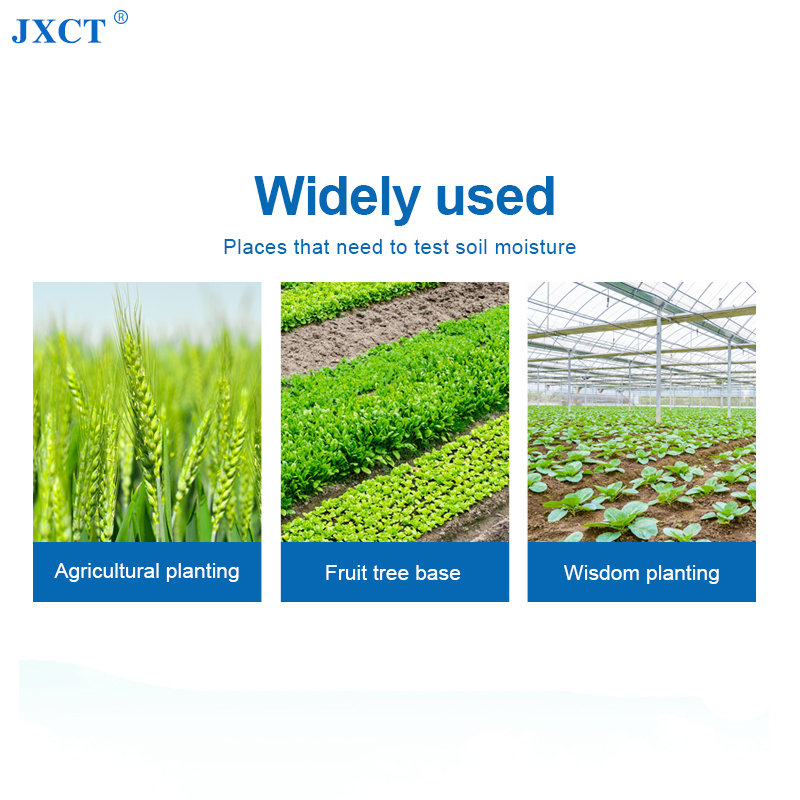

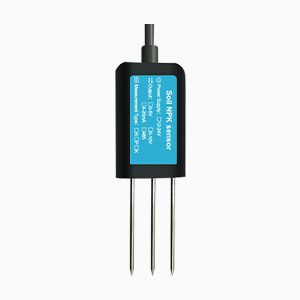
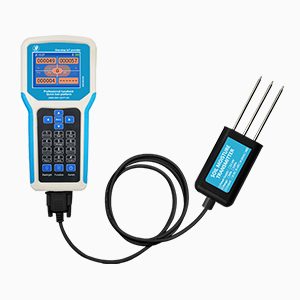
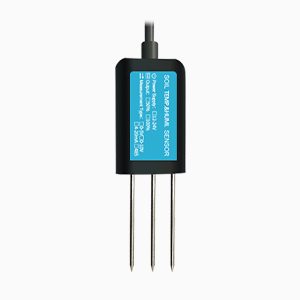
Reviews
There are no reviews yet.